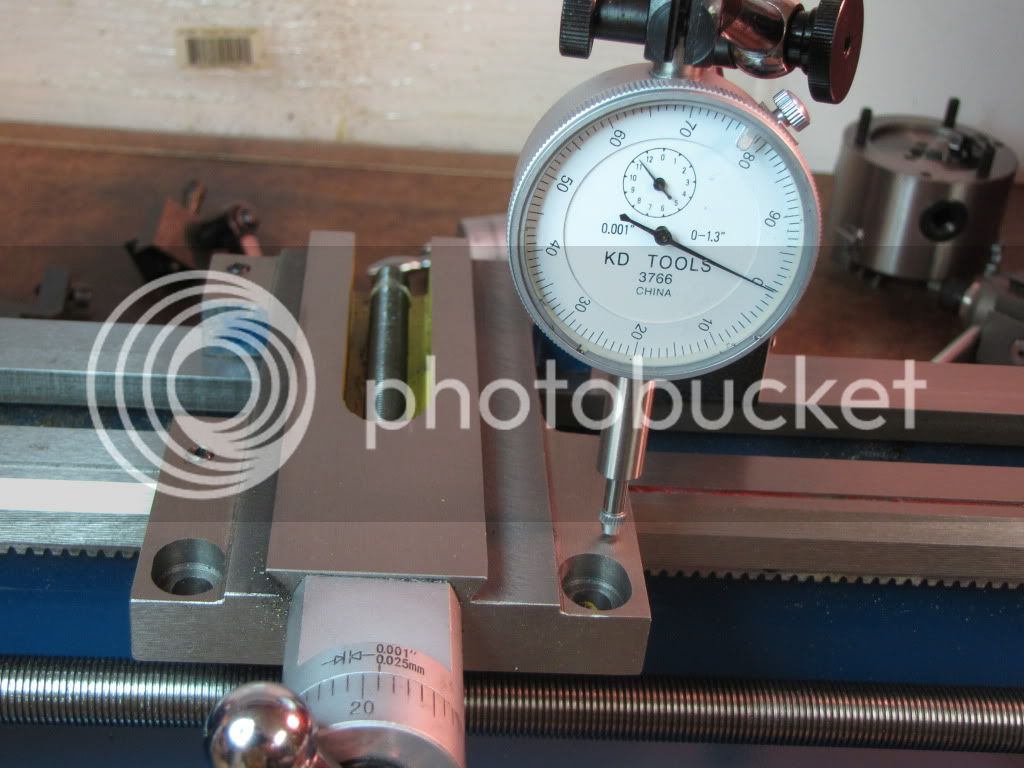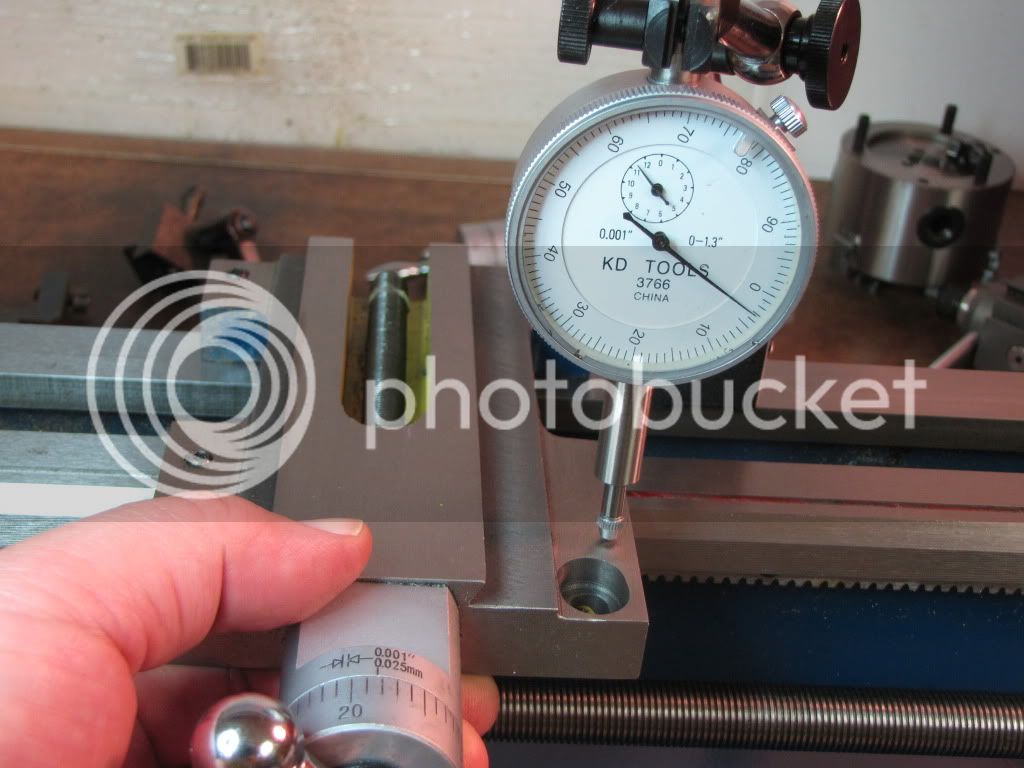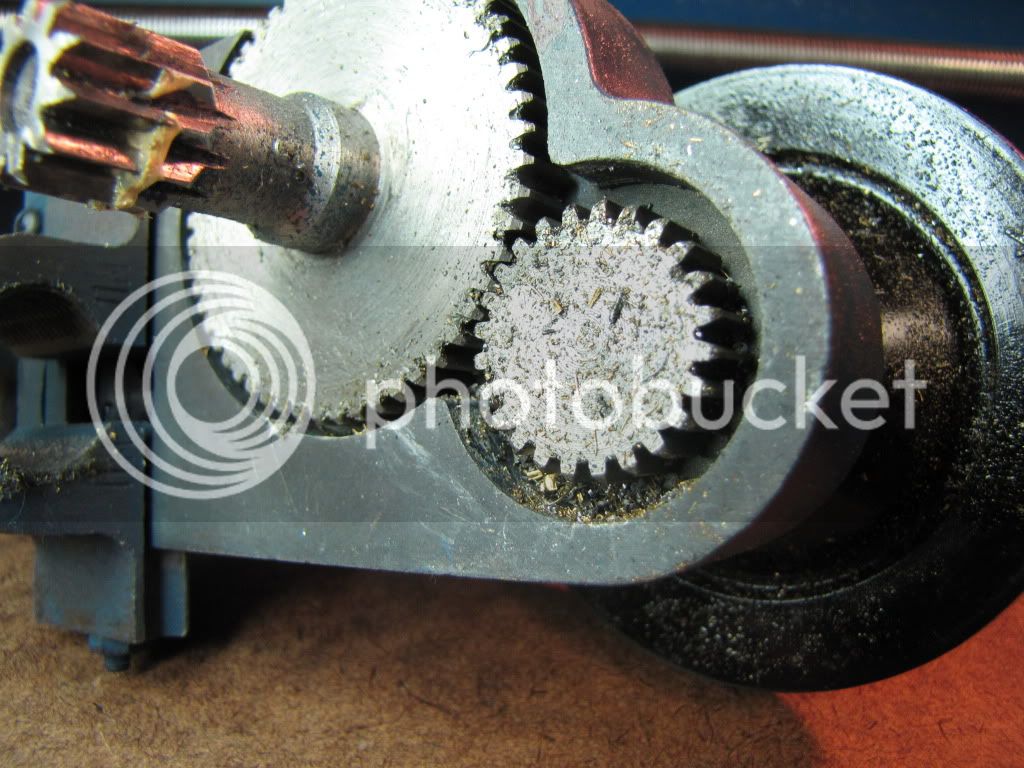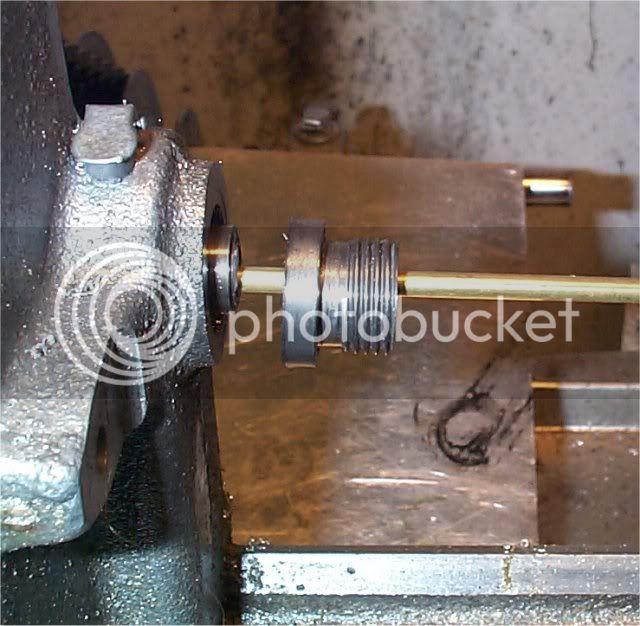Zee, I'm happy to see this:
Still very new to this so I'm still developing a 'feel' for it.
BUT: you won't really get the feel while using automatic feeds.
Get some of the bits off your wall of learning and "play" with it. Try rough and fine cuts, with deep and shallow in-feeds in different combinations. Don't use any automatic feeds - manual only and while you do the tests, try and feel how much turning pressure you need to put on the handwheels to get a cut. Try to get into a turning rhythm for the handhweels; slow and steady.
I may be a "miscreant and barbarian"

, but one thing I figured out to get some of the finishes I've gotten so far, is that you should never have a need to apply much force to turn the handwheels to make a cut. If you need force to turn the wheels, something is wrong. Have a look at the chips coming off; you need a "nice regular 'stream' " of chips coming off while cutting. If not much is coming off, you may be rubbing; that just blunts a HSS bit immediately. If you can hear the lathe motor slowing down - that means you're being a bit heavy-handed, or the cutting bit is getting blunt - ease off then.
So far in my also "limited and young" machining exploits, I've found HSS bits to be the best for nearly all jobs. One exception to this I've found is roughing out cast iron, where tungsten tipped bits were better. BUT to get a close finish in CI, the very sharp HSS bits still won.
Grind bits of HSS "sort of" along the guidelines for the job and material (and this grinding need not be perfect -play with it!) and test different cuts on scraps.
Like other members stated, tool on center height is very important. Using a rule nipped up between stock and bit works, BUT: the thicker the stock, the less accurate this will be. Also, if the mounted stock is not already concentric with the lathe center line, this method is not accurate.Thinner stock gives a more accurate indication than thicker stock. And one that caught me: If you use an engraved rule, the engravings can cause inaccuracy; rather use an old feeler gauge or a plate without surface engravings/markings.
Regards, Arnold








